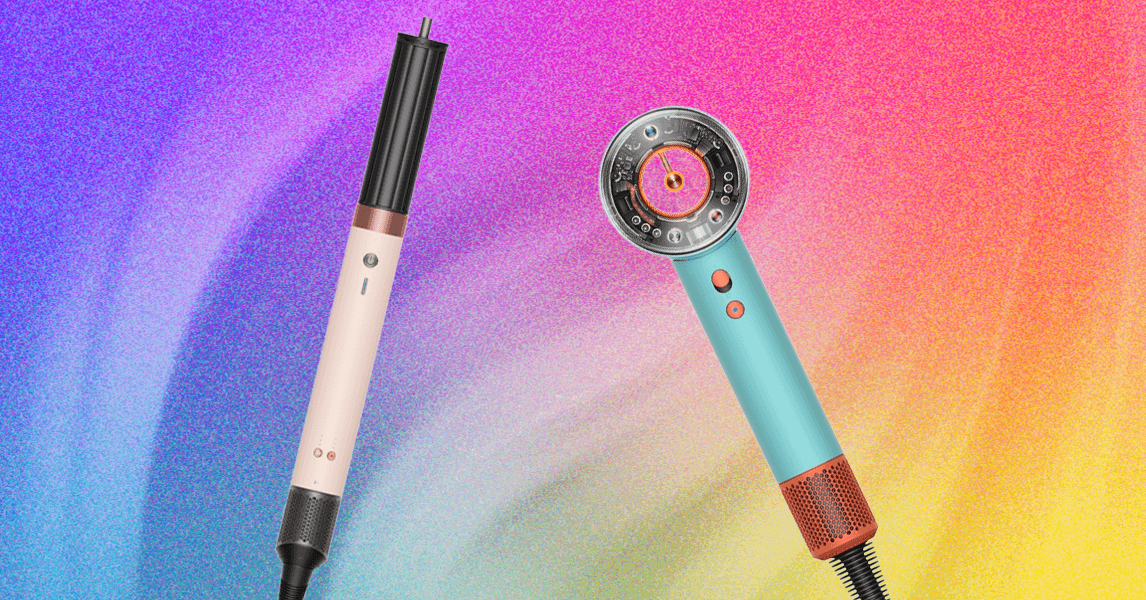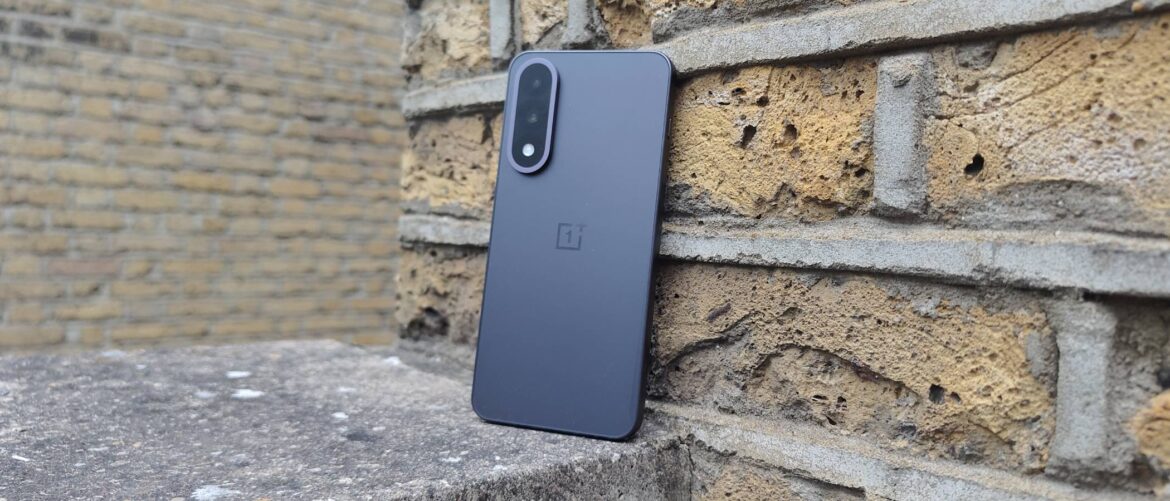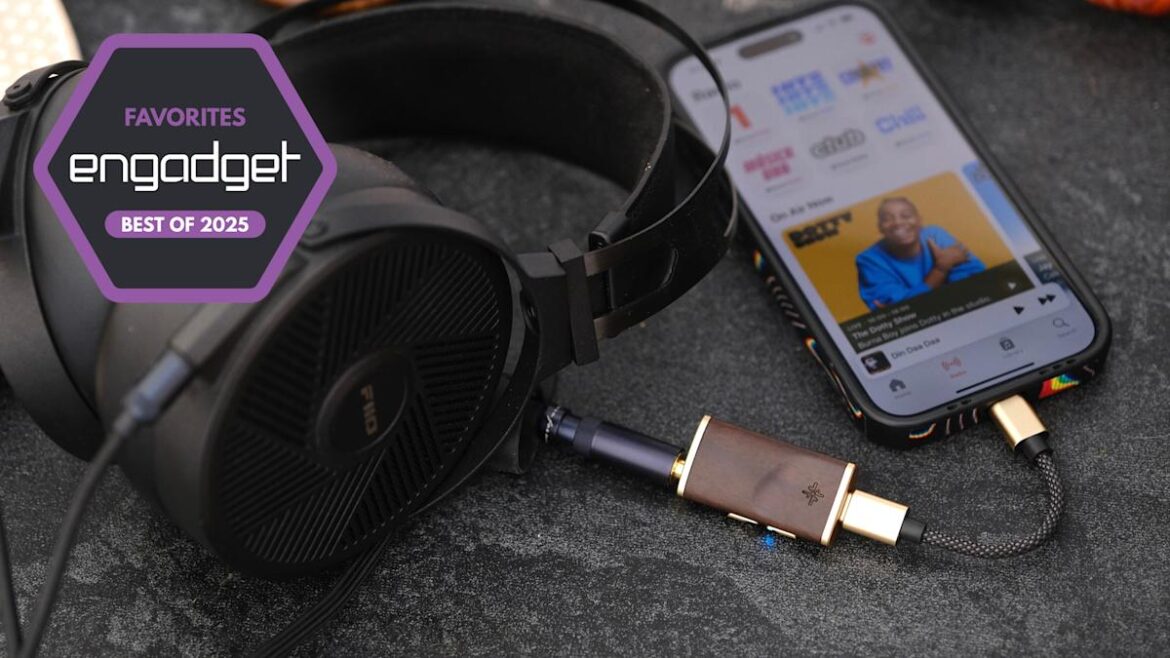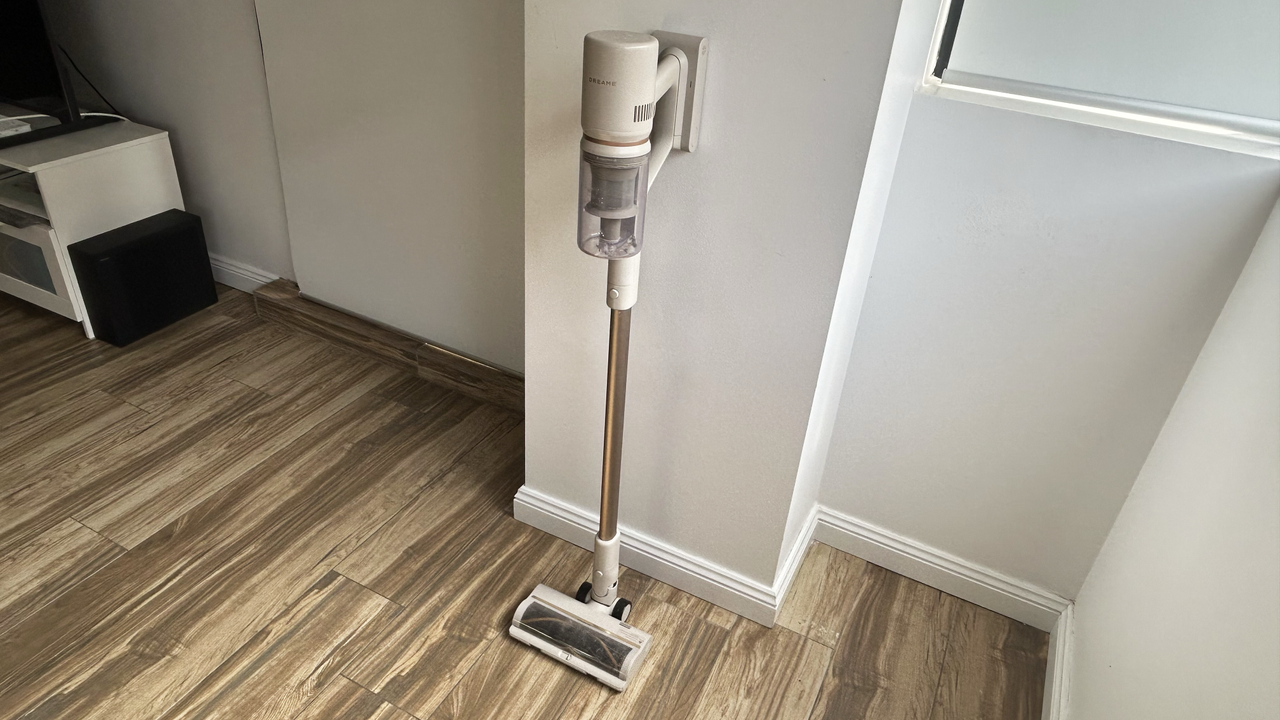Hollow Knight: Silksong will get a little easier next week with the release of the game’s first patch, which among other things promises a “slight difficulty reduction in early game bosses Moorwing and Sister Splinter.” But what if, for some demented reason, you wanted to make the game harder? As it turns out, that’s on the menu too, and you don’t even have to wait for it.
Steel Soul mode is a permadeath mode that becomes available in the original Hollow Knight after completing the game for the first time, and it does indeed make the game more difficult: Just as in real life, death is not a condition from which one can recover. Steel Soul mode is also present in Silksong, revealed by the presence of the Steel Soul achievement on Steam.
But as discovered by redditor Buttnugtaster—man, I love quoting redditors in news stories—the Steel Soul mode in Silksong is not restricted to replays. By going to the “Extras” menu and entering Up, Down, Up, Down, Left, Right, Left, Right on your controller, you can unlock the Steel Soul mode immediately.
Related articles
Why would you want to do that to yourself? Look, people ask me the same question about picking digital mushrooms in a virtual forest. Everyone has their thing and it’s best not to judge.
CHEAT CODE DISCOVERY (Not joke) from r/Silksong
I’m sure it’s not gone overlooked, but this unlock, minus a couple button presses, comes by way of the Konami code, a cheat code created by Kazuhisa Hashimoto in 1985 to assist with game development that subsequently broke containment and appeared in numerous other games over the years. All due respect to IDDQD die-hards, but the Konami code is far and away the most famous cheat code in videogame history, and its use in this little Easter egg is a nice touch.
For the record, I tested this myself, and yup, it works. I fired up Silksong, went straight to the “Extras” menu, bashed in the code, the screen flashed and gave me a bit of a boooosh sound, and Steel Soul was then available when starting a new game.
I can also confirm that while the Konami code is traditionally applied with a controller, it works just as well in Silksong with a keyboard.
(Image credit: Team Cherry)
So there you have it: If you want to dive straight into Silksong’s permadeath mode, the option is now on the table. Some folks—not many, but a few—have already pulled it off:
(Image credit: Steam)
As mentioned, if all of this sounds like masochistic nonsense and you would really prefer to suffer less rather than more, that’s on the way too: Silksong’s first patch is expected to go live next week, but you can see what’s cooking now through public beta branches available on Steam and GOG.










